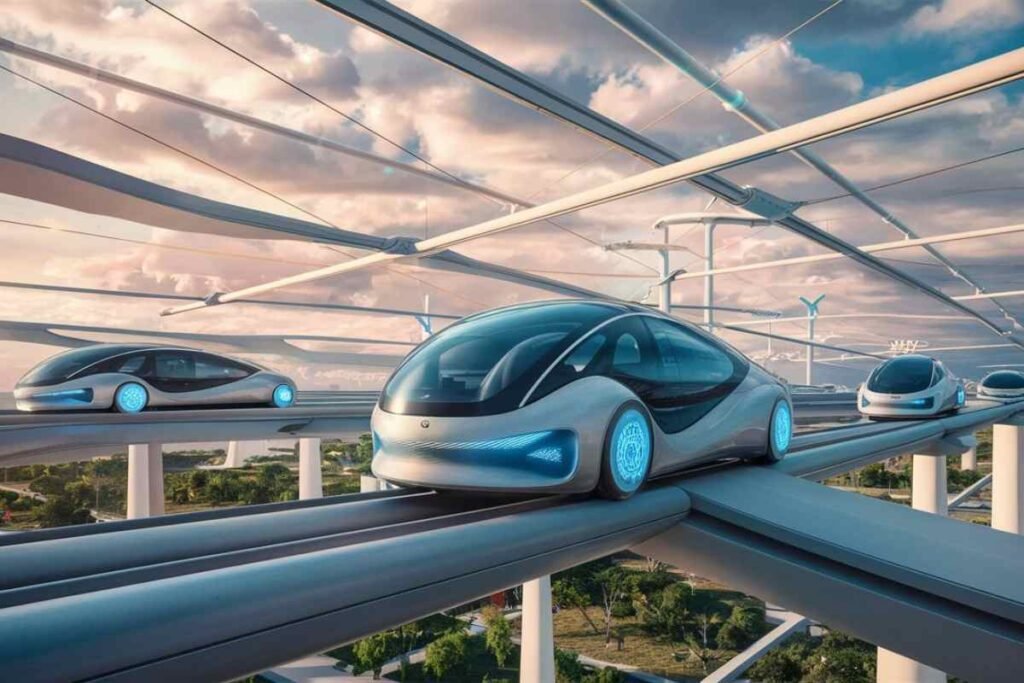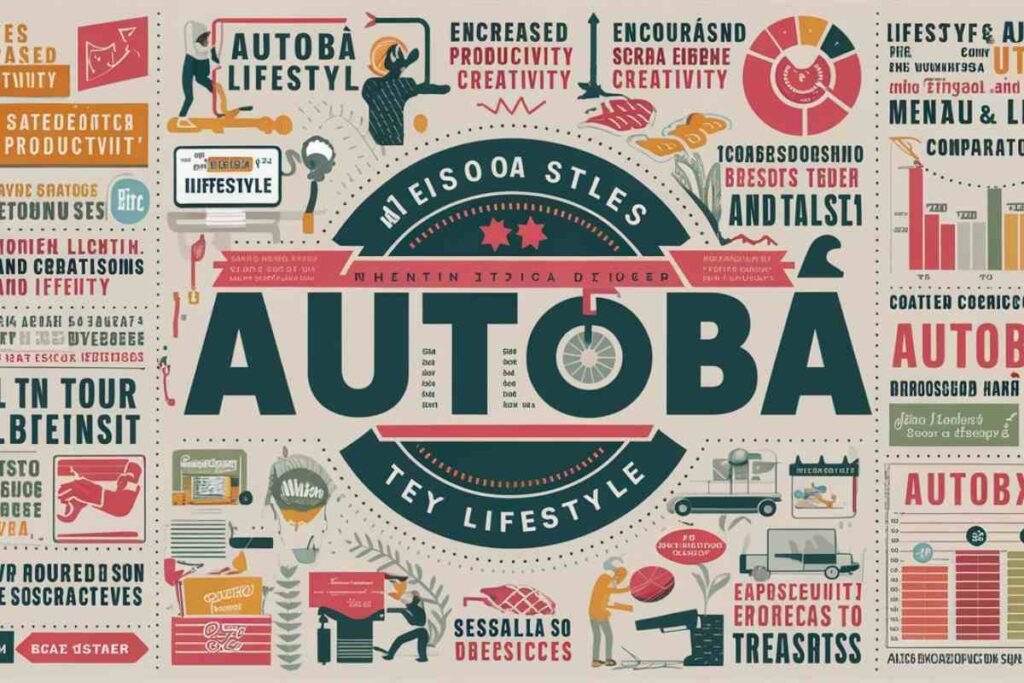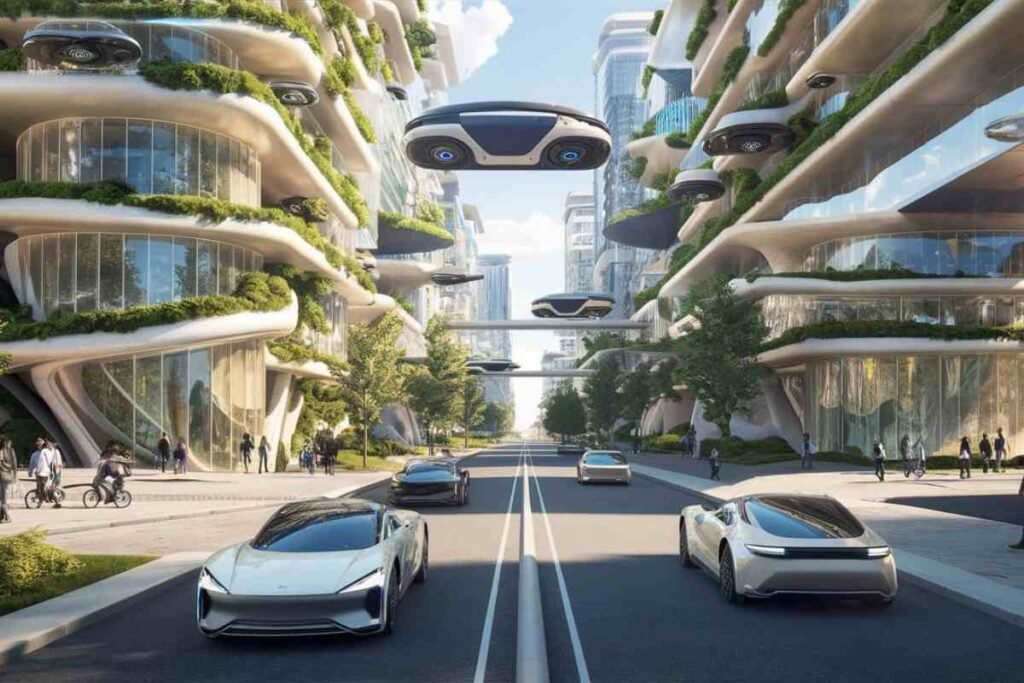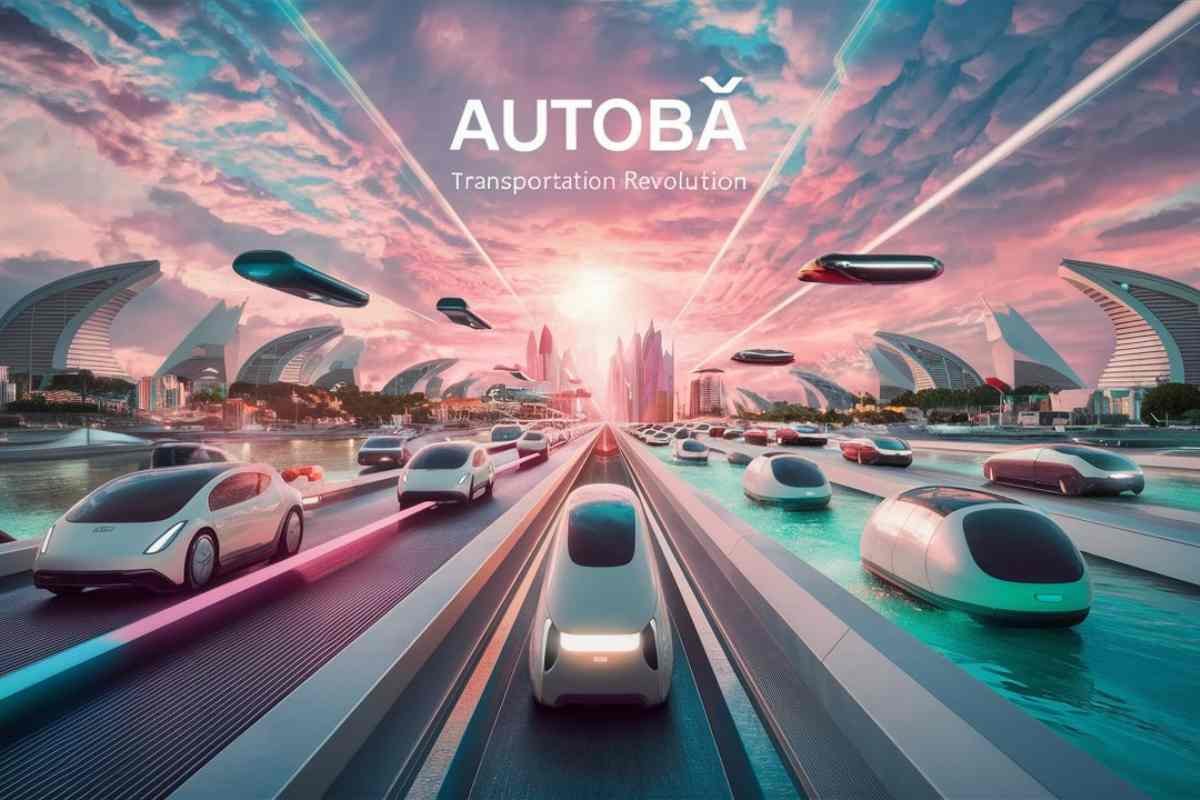Autobà: Revolutionizing Transportation Through Innovation and Sustainability
Table of Contents
In the ever-evolving landscape of transportation, Autobà emerges as a beacon of innovation, seamlessly blending technology with sustainability to revolutionize mobility.
This comprehensive article delves into the multifaceted world of Autobà, exploring its evolution, operational intricacies, benefits, challenges, integration into urban planning, and future prospects.
Evolution and Concept

The journey of Autobà traces back to the pioneering days of autonomous vehicle research, where visionaries envisioned a future of driverless mobility.
Rooted in the convergence of technology and transportation challenges, Autobà represents a paradigm shift towards a more efficient, safe, and sustainable transportation ecosystem.
Key milestones in its development highlight the relentless pursuit of innovation, from early prototypes to large-scale deployments.
The concept of Autobà envisions a seamless transportation ecosystem where vehicles operate autonomously, communicate with each other and infrastructure, and adapt to changing conditions in real-time.
Operational Mechanisms and Features
At the heart of Autobà lies a sophisticated network of autonomous driving systems and interconnected infrastructure.
These systems empower vehicles to navigate roads autonomously, communicate with each other and infrastructure, and adapt to changing conditions in real-time.
Advanced safety measures, efficiency optimization algorithms, and user-friendly interfaces constitute some of Autobà’s key features, ensuring a seamless and secure travel experience.
Through the integration of artificial intelligence, Autobà analyzes data from sensors and cameras to ensure safe and efficient transportation, while interconnected infrastructure provides support through features such as smart traffic management and vehicle-to-infrastructure communication.
Benefits and Comparison

The adoption of Autobà unlocks a myriad of benefits across environmental, economic, and societal domains.
By reducing emissions, minimizing travel times, and increasing accessibility, Autobà sets a new standard for transportation efficiency.
A comparative analysis with traditional transportation systems underscores the superior performance and sustainability of Autobà, signaling a transformative shift in the mobility landscape.
While traditional systems rely on human drivers and static infrastructure, Autobà harnesses the power of automation, connectivity, and data analysis to deliver superior performance and safety.
Challenges and Future Prospects
Despite its remarkable advantages, Autobà faces challenges ranging from technical complexities to societal acceptance.
However, overcoming these hurdles promises substantial rewards, including economic growth, environmental sustainability, and enhanced quality of life.
Looking ahead, the future of Autobà shines bright, with ongoing advancements in technology and policy poised to further elevate its capabilities and expand its reach.
From innovations in autonomous systems and artificial intelligence to the integration of Autobà into smart cities and sustainable transportation networks, the possibilities are endless.
Integration into Urban Planning

The seamless integration of Autobà into urban planning is essential for maximizing its benefits and addressing potential challenges.
By adapting infrastructure and fostering collaboration between stakeholders, cities can leverage Autobà to improve mobility, reduce congestion, and enhance overall livability.
Strategic planning initiatives that align with the long-term vision of smart and sustainable cities are paramount for realizing Autobà’s full potential.
The integration of Autobà into urban planning requires careful consideration of factors such as infrastructure development, policy frameworks, and community engagement.
Conclusion
In conclusion, Autobà stands at the forefront of transportation innovation, poised to revolutionize mobility in the 21st century.
Through its seamless integration of technology and sustainability, Autobà offers a glimpse into a future where transportation is not just efficient and safe but also environmentally conscious and socially equitable.
Despite facing challenges, the potential of Autobà to reshape urban landscapes and global transportation networks is undeniable.
As we look ahead, it’s clear that Autobà’s journey is far from over, with ongoing advancements and collaborations set to propel it towards a more connected, efficient, and sustainable future for all.
With its transformative impact on mobility, Autobà truly represents a paradigm shift in transportation, paving the way for a brighter and more sustainable tomorrow.
FAQs
What is Autobà?
Autobà is an innovative transportation system that utilizes autonomous driving technology to revolutionize mobility.
How does Autobà work?
Autobà operates through a sophisticated network of autonomous driving systems and interconnected infrastructure, allowing vehicles to navigate autonomously, communicate, and adapt to changing conditions.
What are the key features of Autobà?
Autobà features advanced safety measures, efficiency optimization algorithms, and user-friendly interfaces, ensuring a seamless and secure travel experience.
What benefits does Autobà offer?
Autobà reduces emissions, minimizes travel times, and increases accessibility, setting a new standard for transportation efficiency.
How does Autobà compare to traditional transportation systems?
Autobà outperforms traditional systems in terms of performance and sustainability by harnessing automation, connectivity, and data analysis.
What challenges does Autobà face?
Autobà faces challenges such as technical complexities and societal acceptance, but overcoming these hurdles promises substantial rewards.
What is the future outlook for Autobà?
The future of Autobà looks promising with ongoing advancements in technology and policy aimed at further elevating its capabilities and expanding its reach.
How does Autobà integrate into urban planning?
Autobà integrates into urban planning by adapting infrastructure and fostering collaboration between stakeholders to improve mobility and reduce congestion.
What initiatives are essential for integrating Autobà into urban planning?
Strategic planning initiatives aligned with the long-term vision of smart and sustainable cities are essential for realizing Autobà’s full potential.
What is the conclusion regarding Autobà’s impact on transportation?
Autobà represents a paradigm shift in transportation, offering a glimpse into a future of efficient, safe, and environmentally conscious mobility.






Post Comment